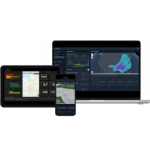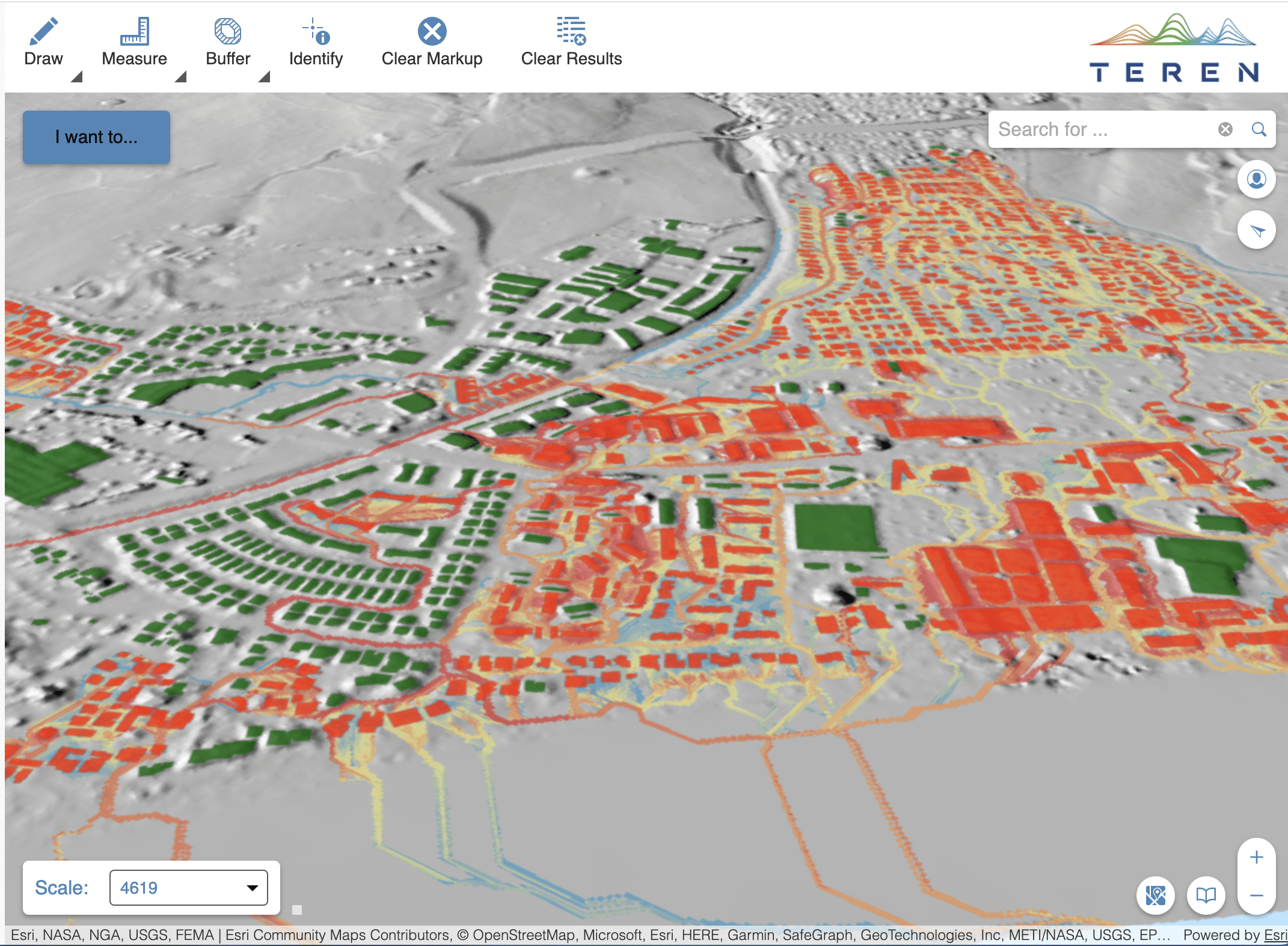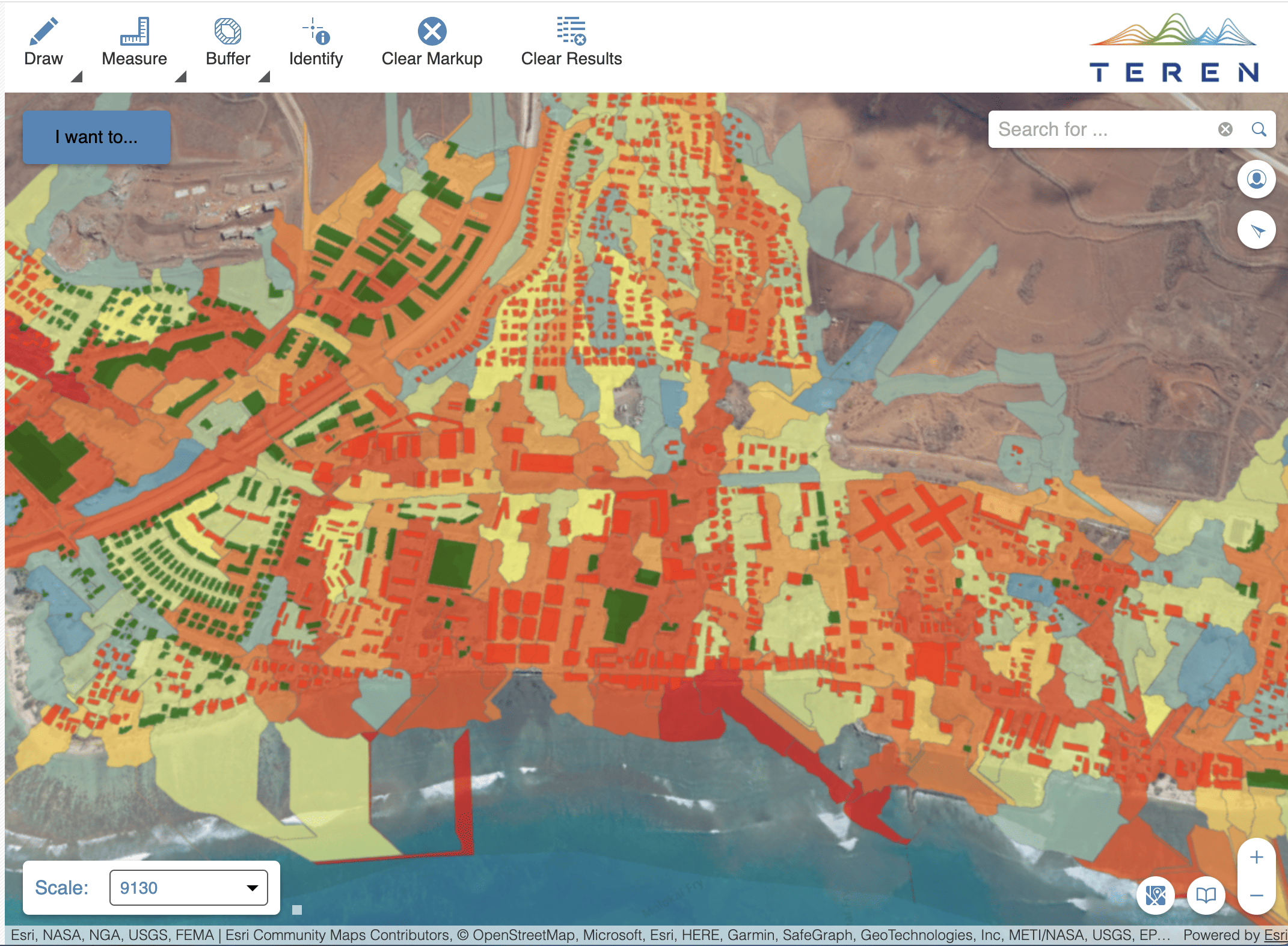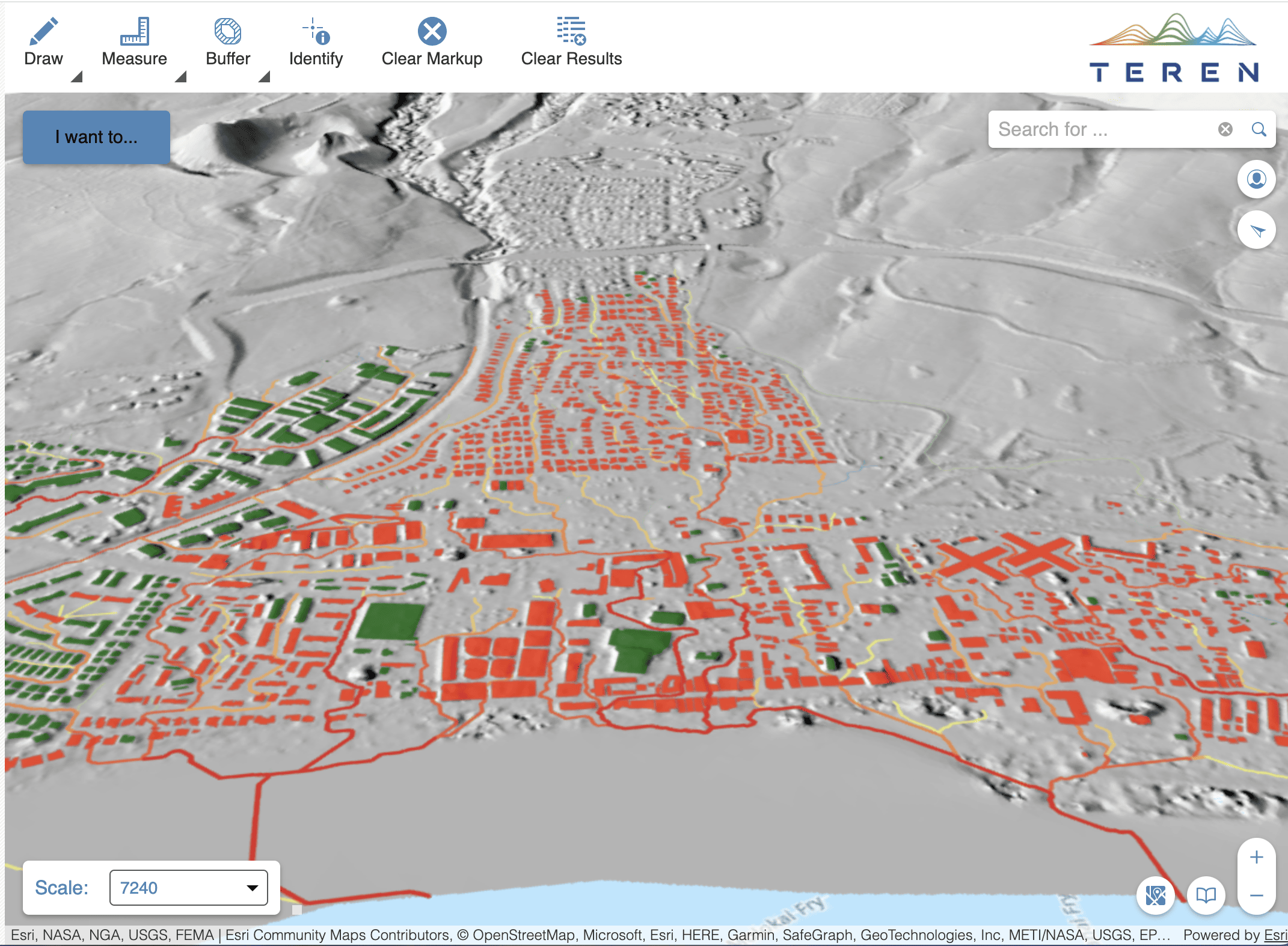On August 8, 2023, a devastating wildfire swept through the town of Lahaina, Maui, Hawaii. The fire, fueled by strong winds and dry conditions, rapidly spread over 10,000 acres of land, destroying over 2,200 buildings, and causing at least 100 deaths.
The fire began as a small brush fire near the eastern outskirts of Lahaina. Initially, firefighters were able to contain the blaze, but it reignited later in the afternoon and quickly grew out of control. The strong winds fueled the fire, causing it to spread rapidly through the densely populated town.
The Lahaina Fire was one of the deadliest wildfires in Hawaii’s history. It caused widespread devastation and left a lasting impact on the community.
Rebuilding Requires Data
In the months since the fire, the residents of Lahaina have begun the long process of rebuilding their lives and their community. The fire left 10,000+ burned acres and 2,000+ burned structures vulnerable to erosion and pollutant flows. Stormwater flows can transport ash, sediment, environmental toxins, and other pollutants into nearby waterways and across the urban landscape, ultimately harming the delicate coral reef ecosystem.
To mitigate these risks, Maui County needed to quickly identify and implement reclamation treatment Best Management Practices (BMPs) across the burned area. Stormwater BMPs are specific techniques designed to reduce erosion, control sediment runoff, and protect water quality. Implementing land stabilization and reclamation treatments BMPs as soon as possible after a wildfire is essential for protecting high-value resources and assets..
Teren’s Solution
To address this need, Maui County looked to Teren, a resilience technology platform, to apply its revolutionary wildfire reclamation and land stabilization program. Teren’s approach, leveraging spatial analysis and ecosystem sciences expertise, is grounded in scalable and repeatable processes that deliver defensible, objective results. Teams that employ this approach optimize critical resources, produce data-driven treatment decisions, and implement more efficient and effective stabilization and reclamation treatments for maximum public benefit and safeguarding of resources at risk, including reef ecosystems.
Teren and Maui County worked together to achieve the following:
- Identify Pollutant Flow Paths: Coral reefs are sensitive to sedimentation and pollutants, which can smother them and impede their growth. Ash from burned structures contains toxins and heavy metals that can harm coral reefs. Stormwater BMPs like mulching, revegetation, and sediment traps can help capture and filter pollutants before they reach waterways and the reefs.
- Identifying Burn Structures to Reduce Ash Pollution: Strategically placed stormwater BMPs can help prevent toxin-laden ash from washing into the water.
- Protect Water Quality: Stormwater BMPs can help improve water quality by reducing the amount of pollutants like nutrients and pesticides that enter waterways. This is crucial for the health of coral reefs, which rely on clean water to survive.
- Preventing Debris Flows: Debris flows can carry large objects like burnt logs and rocks into waterways, damaging coral reefs and the marine life they support. BMPs, such as installing debris basins and constructing drainage channels, can help prevent these flows from occurring.
Results
In the aftermath of the devastating Lahaina fire, Teren’s integrated approach harnessing photogrammetry data, spatial analysis, and ecosystem science expertise emerged as a beacon of hope for safeguarding Maui County’s coral reefs.
By understanding the potential movement of debris flows post-fire, visualizing likely pathways, and identifying critical watersheds contributing to runoff, Maui county is poised to implement BMPs strategically. These BMPs aim to mitigate further catastrophe, protecting the fragile coral reefs. Teren’s holistic approach not only offers a framework for immediate action but sets a precedent for proactive environmental protection in the face of natural disasters. Through these measures, Maui County strides toward preserving its precious coral reefs, ensuring their resilience and long-term health in the wake of the Lahaina fire.
To learn more about Teren’s wildfire reclamation and land stabilization work, contact us.





